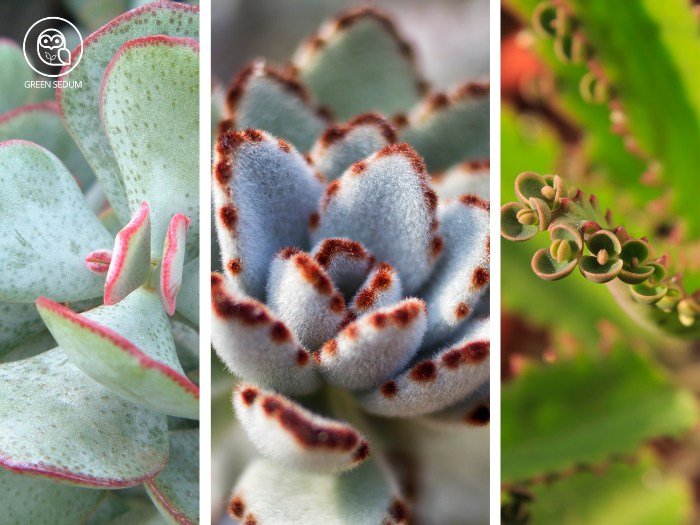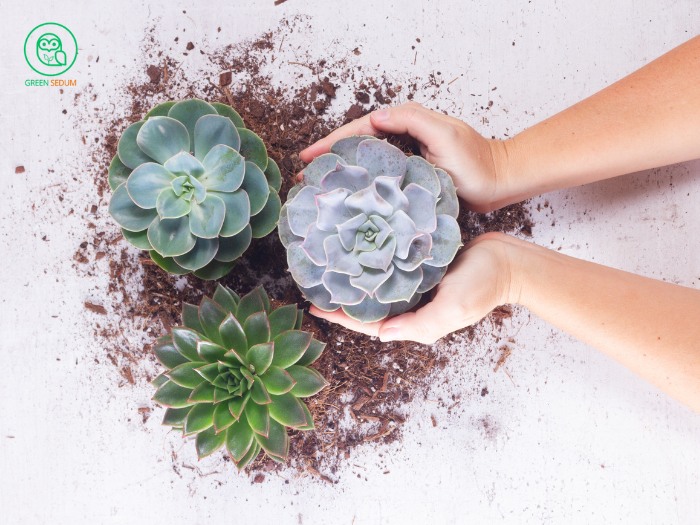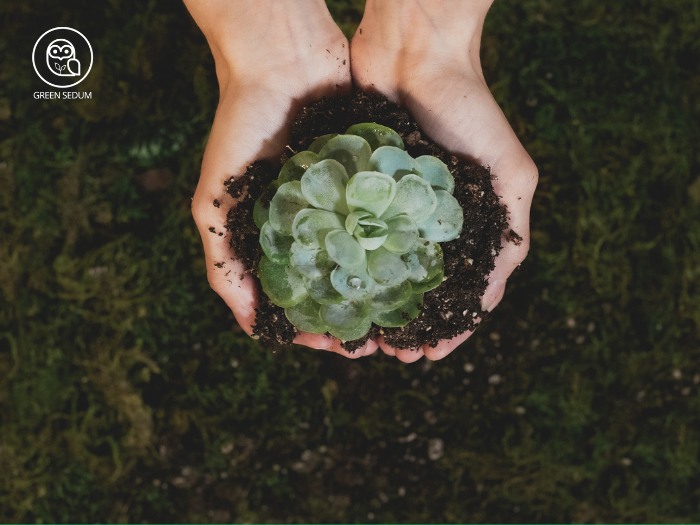At Green Sedum, I understand that succulents not only enhance the beauty of your living space but are also a favorite among many. However, if you have pets at home, it’s crucial to protect them from toxic succulents. Some of these plants can cause serious harm to cats and dogs if they accidentally come into contact with or ingest them. Identifying and avoiding these toxic plants ensures the safety of your pets, allowing you to enjoy your gardening hobby without worrying about their health.
1. Highly Toxic Succulent Plants for Cats and Dogs
When caring for succulents, it’s important to be aware of certain species that can be harmful to your pets. Here are three highly toxic succulents you should avoid if you have cats or dogs at home:
1.1. Senecio rowleyanus (String of Pearls)
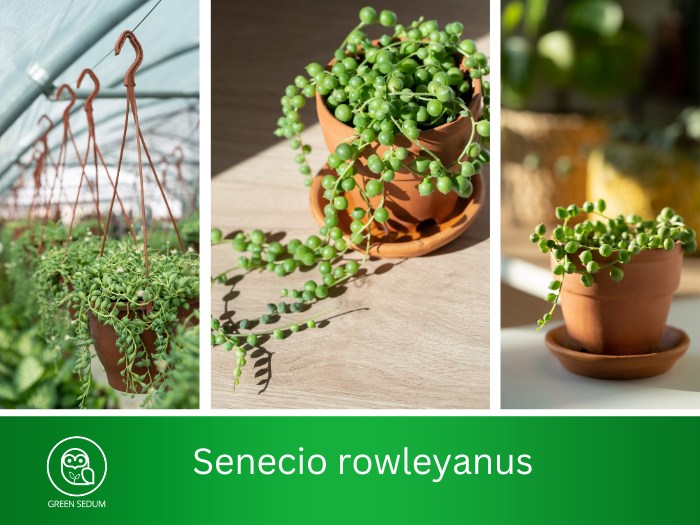
The String of Pearls, with its small, bead-like leaves, can easily attract the attention of pets. However, if ingested, this plant can cause symptoms such as vomiting and lethargy. Be sure to keep this plant in a location that your pets cannot reach.
1.2. Aloe Vera
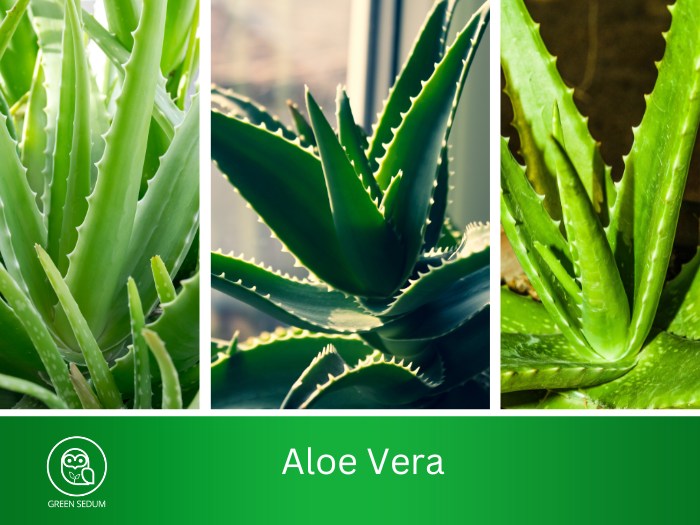
While Aloe Vera is highly beneficial for humans, soothing burns and skin issues, it poses a danger to pets. If ingested, Aloe Vera can cause vomiting and diarrhea. Place Aloe Vera in a safe spot, out of your pets’ reach.
1.3. Kalanchoe daigremontiana (Mother of Thousands)
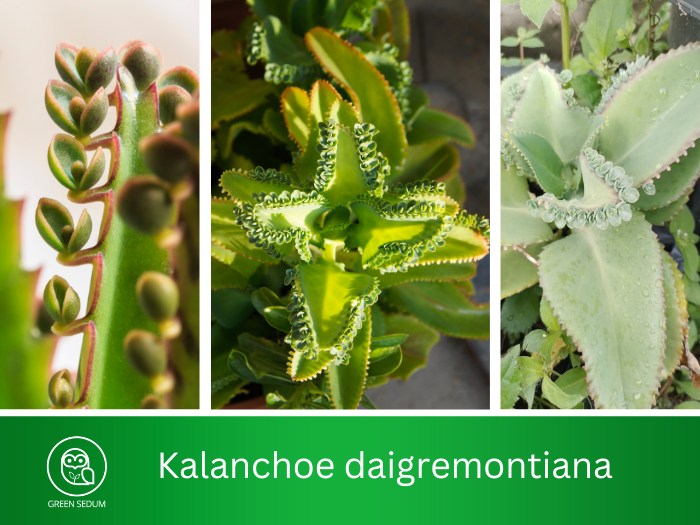
This plant is known for its small offsets growing around the leaves, which can attract curious pets. Kalanchoe daigremontiana can lead to severe symptoms such as vomiting and diarrhea. To avoid risks, do not plant this succulent in areas frequented by your pets.
1.4. Crassula ovata (Jade Plant)
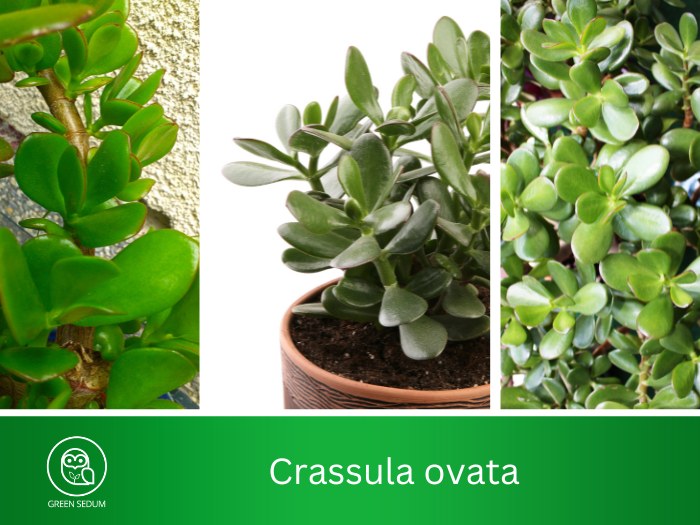
The Jade Plant, popular for its elegant appearance and ease of care, contains mild toxins that can cause discomfort if ingested by pets. To keep your pets safe, place the Jade Plant in high, out-of-reach locations. This will not only protect the plant but also keep your pets away from potential hazards.
1.5. Crassula arborescens (Silver Dollar Jade)
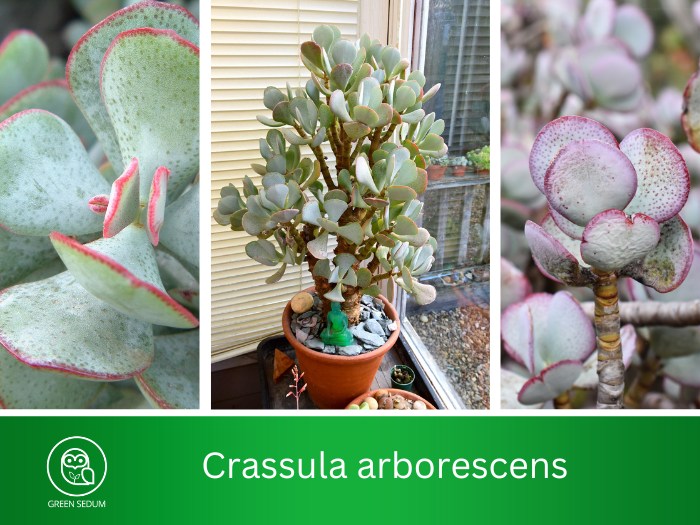
The Silver Dollar Jade, with its round, thick leaves, can be hazardous if consumed by pets. Although its toxins are not as potent as some other plants, it’s still important to be cautious. Keep this plant in locations inaccessible to your pets, such as on high shelves or in secure areas.
1.6. Pencil Cactus (Euphorbia tirucalli)
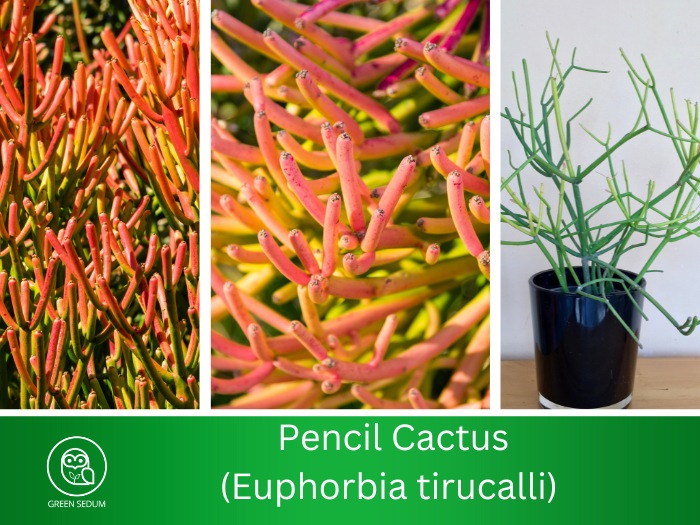
The Pencil Cactus, known for its unique shape and striking color, contains a white sap that can cause skin irritation and digestive disturbances in pets if ingested. To protect your pets, place this plant in hard-to-reach areas, such as on high shelves or in rooms where pets are not allowed.
1.7. Panda Plant (Kalanchoe tomentosa)
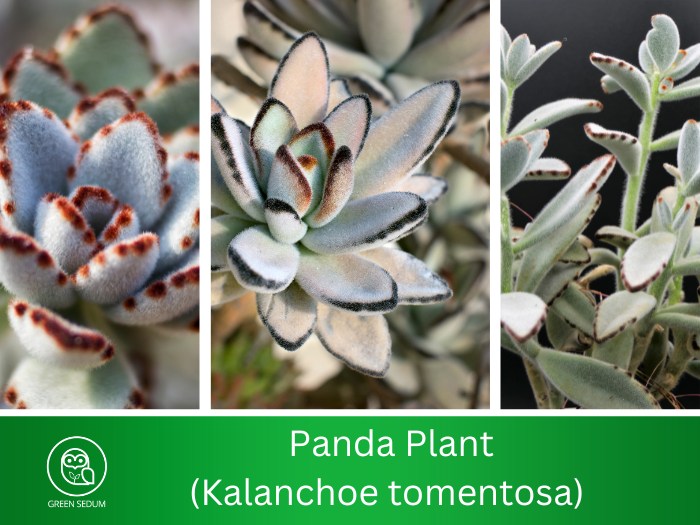
The Panda Plant, with its soft, adorable leaves, makes a charming addition to your plant collection. However, it contains harmful compounds that can lead to symptoms of toxicity such as vomiting and diarrhea in pets. To safeguard your pets, keep this plant in places where they cannot access it, and consider replacing it with non-toxic alternatives to ensure a safe environment.
2. How to Protect Your Pets from Toxic Succulents
Preventive Measures at Home
To ensure your pets’ safety, it’s crucial to place succulents in secure locations. Position these plants in areas that are out of your pets’ reach, such as on high shelves or in rooms they can’t access. Additionally, consider replacing toxic succulents with non-toxic alternatives to create a green space that is safe and pet-friendly.
What to Do if Your Pet is Exposed to Toxic Plants
If you suspect your pet has been exposed to a toxic succulent, take immediate action. Rinse your pet’s mouth and body with water to remove any lingering toxins. Then, contact your veterinarian or a poison control center right away for advice and prompt treatment. Quick intervention can help protect your pet’s health and minimize adverse effects.
3. FAQs
How can I tell if my pet is poisoned by a succulent?
Signs of poisoning in pets often include vomiting, diarrhea, difficulty breathing, or abdominal pain. If you suspect your pet may have ingested a toxic succulent, look for these symptoms and contact your veterinarian immediately.
Are there any succulents that are safe for cats and dogs?
Some succulents, like Echeveria, Haworthia, and Sempervivum, are considered safe for pets. However, it’s always best to exercise caution and place these plants in areas that are out of your pets’ reach to ensure complete safety.
What should I do if my pet eats a toxic succulent?
If your pet has consumed a toxic succulent, contact your veterinarian or a poison control center right away. Providing information about the type of plant and any symptoms your pet is experiencing will help the vet determine the best course of treatment.
Can I grow succulents outdoors without endangering my pets?
Yes, but it’s important to carefully select non-toxic succulent varieties and place them in areas where your pets cannot easily access them. Always thoroughly check and choose the right plants to avoid any risks to your pets.
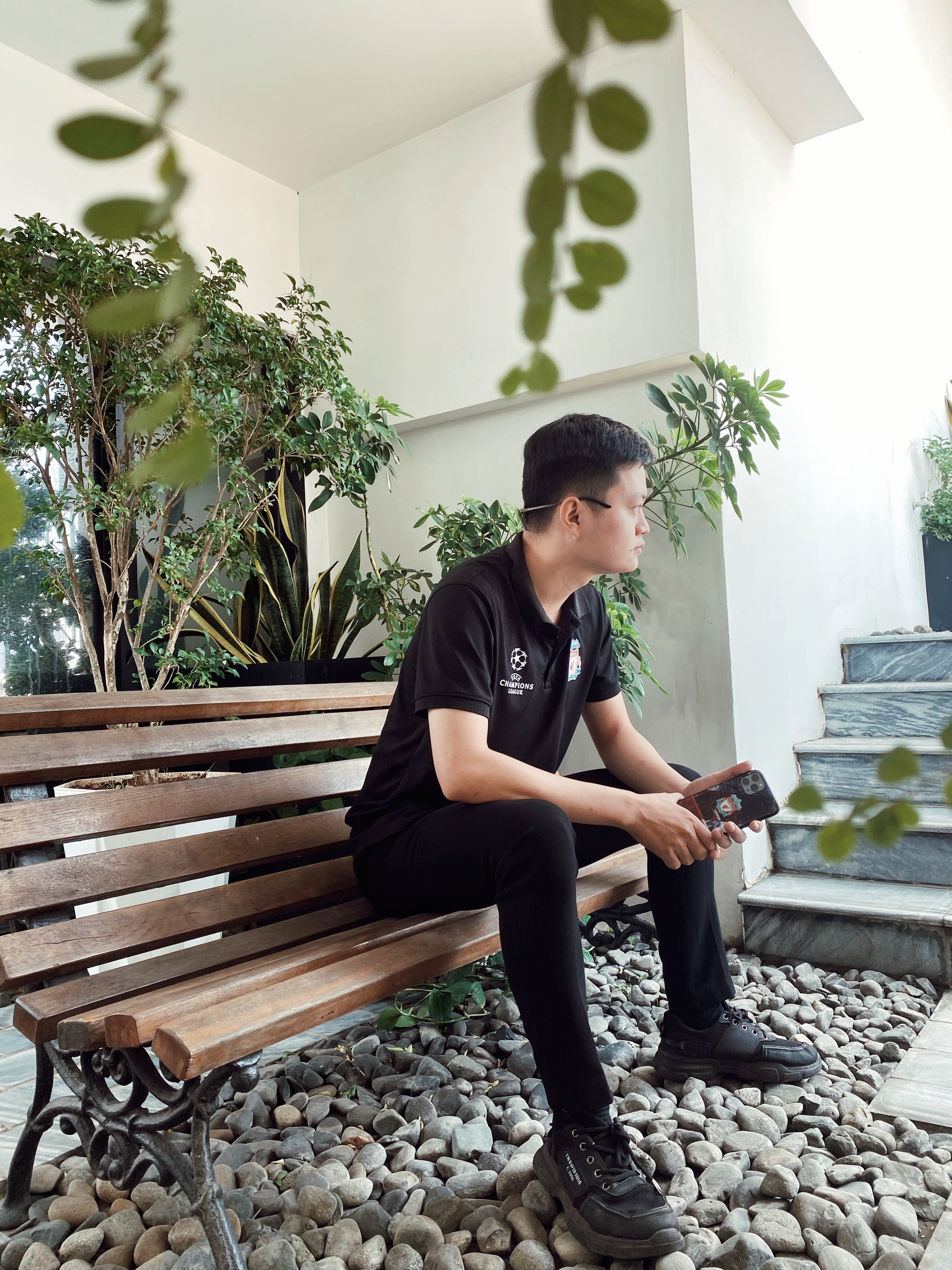
I’m Will Bernan, a gardening enthusiast with over 9 years of experience in succulents, indoor plants, and sustainable living. I also manage SEO for eco-friendly textile brands, promoting fabrics like bamboo and organic cotton.

